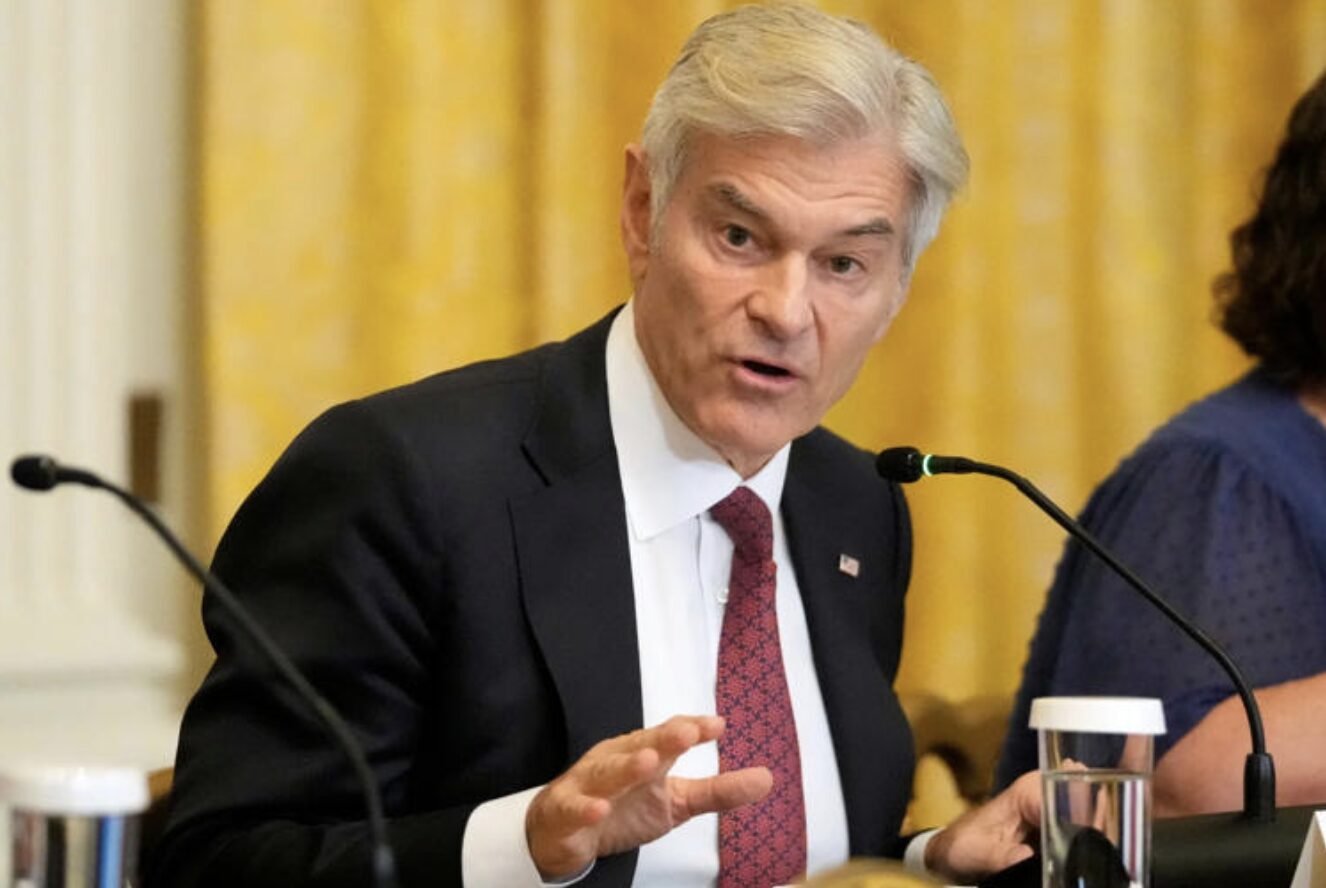Medicare Coverage of Innovative Technologies: The U.S. Should do More to Speed Entry of Breakthrough Devices to Market
It stands to reason that FDA approval of a breakthrough medical device would mean the device is ready to enter the U.S. market. But while FDA authorization is necessary, it is not sufficient. Equally pressing is the need to secure coverage from Medicare and Medicaid, which proves to be a long and tedious process. As of 2019, securing regulatory approval for a new medical device and gaining coverage from the Centers for Medicare and Medicaid Services (CMS) took an average of 4.5 years and cost $94 million. By contrast, in Europe, this process can be completed in about eleven months.
It took 67 months for SCULPTRA, a medical device used to help HIV patients, to gain CMS coverage after receiving FDA authorization. The Independence Ibot Mobility System, a powered wheelchair that can allow users to walk up and downstairs, took 35 months between FDA authorization and gaining CMS coverage. These wait times are an issue on two fronts: they delay access to patients who need these devices and they delay manufacturers’ ability to recoup their investment, thereby challenging future innovation.
CMS appeared to understand these challenges with the publication in January 2021 of a rule – Medicare Coverage of Innovative Technologies (MCIT) – which would grant automatic coverage on a four-year provisional basis for devices receiving a breakthrough designation and market authorization from the FDA. However, on September 15, 2021, CMS announced it decided to rescind the rule owing to safety concerns. Public comment on the repeal is open from September 15- October 15.
In this blog post, I provide background on the rule and argue eliminating MCIT would abandon attempts to jumpstart American medical device innovation while also denying patients quick access to technologies that can improve their lives and their health.
Background on Medical Device Coverage and MCIT
CMS has three primary avenues for covering medical devices: National Coverage Determination (NCD), Local Coverage Determinations (LCD) made by the regional contractors and claim by claim determinations. The processes CMS uses to establish NCDs and LCDs are rigorous and, on average, require 9-12 months to complete following FDA approval.
Local coverage determinations create patchwork coverage that is not uniform. Of the 16 breakthrough devices that had been authorized as of the publication of the MCIT rule, ten experienced coverage variability depending on the jurisdiction. Slow or patchy coverage of breakthrough devices means inequitable access for patients, who could benefit from more immediate and consistent coverage of the device.
MCIT was written to enable manufacturers to work with CMS over four years to gather the evidence necessary to advocate for more permanent coverage of their devices. Manufacturers would be able to choose the start date of this provisional coverage, to begin at any point within two years of FDA authorization, but the provisional coverage period would not extend beyond four years post-FDA approval.
Stakeholders broadly supported the rule, which CMS finalized in mid-January. However, through two delays for public comment, CMS stopped the rule from going into effect until December 15, 2021.
CMS’ Concerns Used as Justification for Rescinding the Rule are Unfounded
CMS justified its decision to repeal the rule because of concerns that Medicare beneficiaries would not be adequately represented in FDA clinical trials, and this could cause CMS to cover devices that are inappropriate or even unsafe.
But it is important to remember the FDA considers whether medical devices are safe and effective in adjudicating devices and other medical products. By contrast, CMS’s mandate demands consideration of whether an item or service is “reasonable and necessary for the diagnosis or treatment of illness or injury.” Current CMS policy creates a barrier to entry that drives up costs and deprives patients of needed healthcare, effectively endangering patients through its efforts to protect them. Furthermore, the MCIT rule allowed CMS to terminate coverage where the FDA issued a safety warning or revoked market authorization on a medical device, thereby providing an additional safeguard.
While including the Medicare population in clinical trials is important, denying or slowing coverage for medical devices based on a concern that differences in these populations may make the medical device inappropriate for a Medicare beneficiary is not warranted. Patients and physicians can assess the advantages and risks of a medical device to treat a medical condition, and great deference should be given to this careful assessment.
Repealing MCIT Would Hinder Future Innovation
Repealing the MCIT rule derails the promise of improved medical device innovation in the United States at a time when global competitors are making rapid progress in creating novel devices. The Chinese medical device market has experienced double-digit growth over the last five years, and Chinese manufacturers are gaining market share and sophistication because of state aid and protectionism.
Specifically, several Chinese provinces require their hospitals to purchase devices produced by domestic companies in certain categories as a condition of payment, while other provinces require hospitals to undergo audits when purchasing devices manufactured by foreign countries. These policies seek to funnel additional resources to domestic Chinese manufacturers as part of the Made in China 2025 initiative, which outlines 10 key industries China seeks to dominate, including medical devices.
Instead of imposing bureaucratic hurdles which do not protect patients, MCIT would allow U.S. patients access to the most innovative medical devices while also ensuring access to capital for innovators. MCIT represents a meaningful breakthrough in making sure innovative technology is immediately available to patients to help them maintain their health and well-being.
A Final Note
It is important to note that CMS’s repeal is hasty given that Medicare regulations typically have a 60-day public comment period yet comments on this decision are open for just 30 days. The justification given for halving the public comment period was CMS needs adequate time to ensure it can consider comments provided and publish a final rule before the December 15 deadline. Going beyond the deadline posed a threat to public safety and would confuse the industry, argued CMS. We’ll see if litigation follows, but patients’ health is in jeopardy because of lack of access, not inadequate approval oversight.
Regardless, four years of provisional coverage should allow device manufacturers the time and resources to gather evidence to support a final coverage decision, while allowing patients to have access to these devices in the interim. Repealing MCIT represents not only a risk to patients but signals a willingness on the part of the U.S. to cede its position at the forefront of medical innovation. Rather than be repealed, the rule should be allowed to go effect on December 15.
Joe Grogan is a nonresident senior fellow at the Schaeffer Center and founder and owner of Fire Arrow Consulting, specializing in healthcare and life sciences consulting services.
Relevant and recent posts






